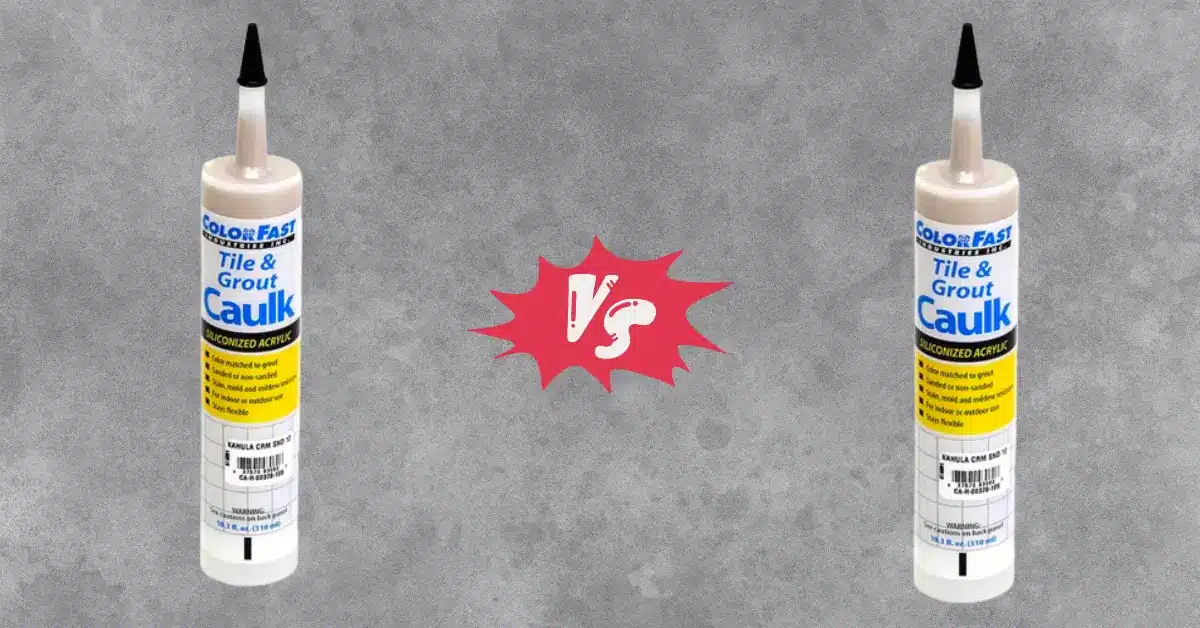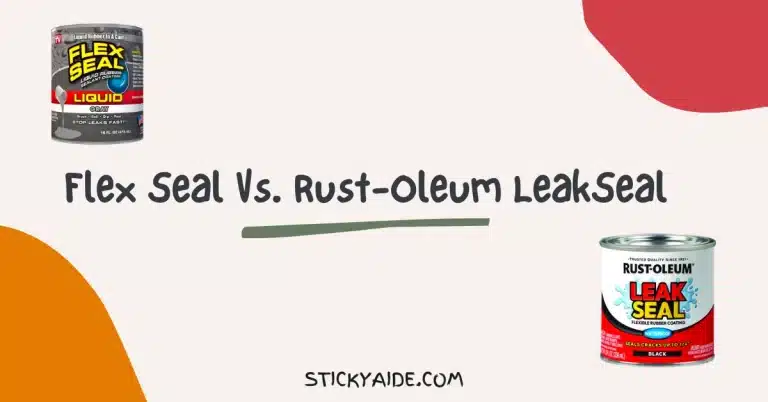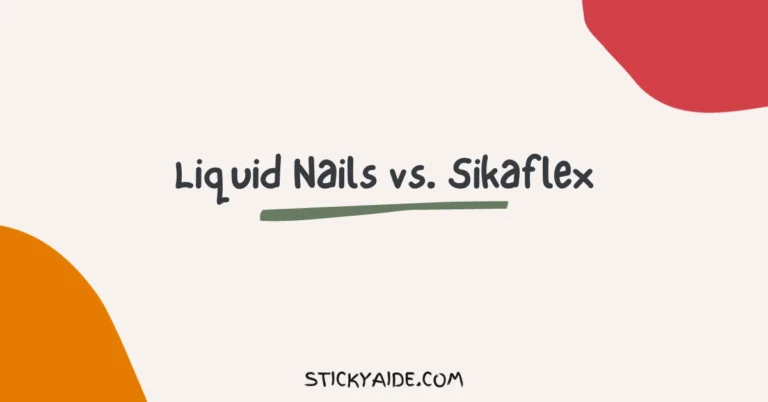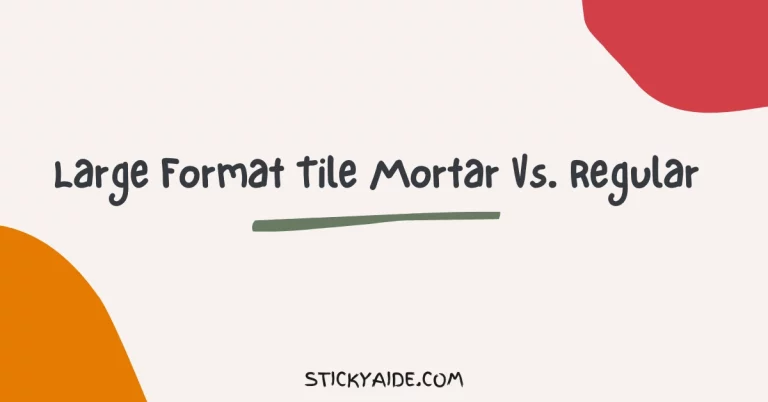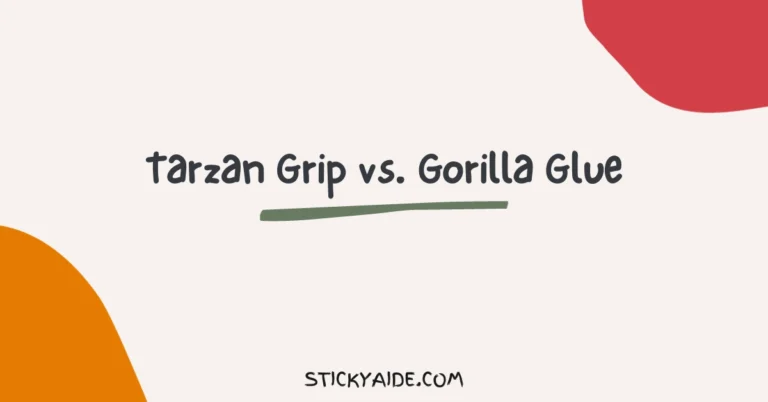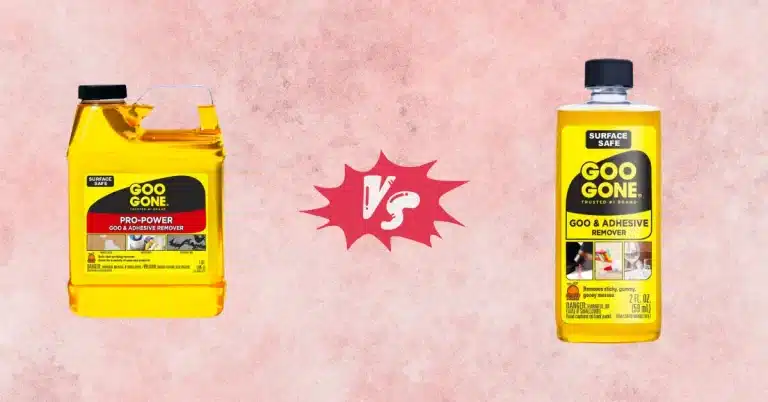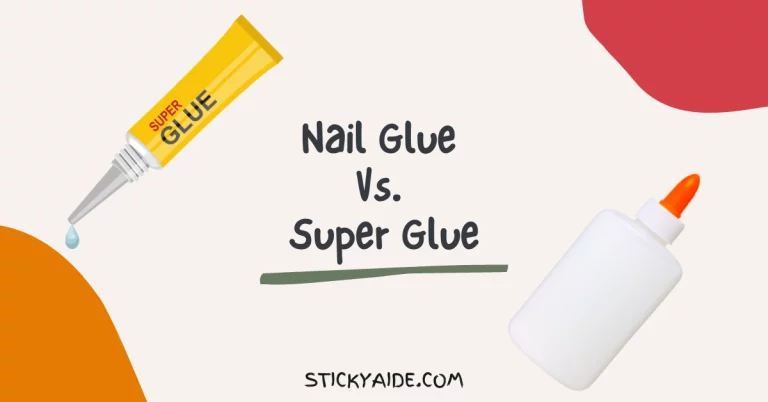When you are confused about whether you need to use regular, unsanded caulk or use something different, like sanded caulk, you need to read this further. There’s a solution for you.
Well, the sanded caulk is the regular sealant with added sand. It is a thick, bulky, and textured product. The thickness of the product makes it suitable for filling significant gaps.
On the other hand, the unsanded caulk is flexible, waterproof, and a non-crack, non-mold product.
It is for using shower rooms, kitchen, and many other areas where minor fixing and adhesion of two materials is needed.
To know better about sanded vs. unsanded caulk comparison, get through all the necessary information that clears your dilemma.
Let’s check it out below.
Read More: Acrylic Vs. Silicone Caulk
Sanded Vs. Unsanded Caulk
About Sanded Caulk
Sanded caulk is just like any regular caulk with added sand in it. For adding sand, it becomes heavy and builds better strength.
It also adds an extra texture to the surface. Besides, it is better than the regular ones. The caulk is thick and bulky.
So, any other regular caulk needs a lot more product to use on any surface. But a small amount of sanded caulk will be enough for any project.
Moreover, the sanded caulk helps to prevent cracking or shrinking after it dries. So, to deal with large gaps, it is the best choice.
The only external difference is it looks rougher in texture than the ordinary one.
You can use it on wood, stone, tiles, drywall, and many surfaces that need to be fixed. It is a good product for a lot of reasons.
Use it for a bulky effect on major gap-filling projects.
Read More: Clear Vs. White Caulk
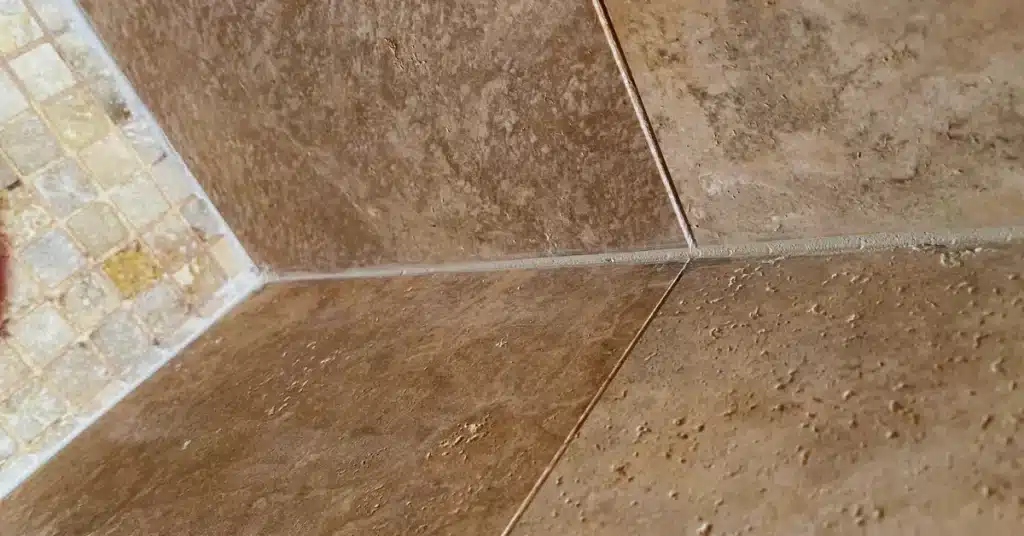
Where to Use Sanded Caulk?
Sanded caulk is a good option for major fixing projects. It is a versatile and robust caulk that helps to fill significant gaps that ordinary caulk or sealant can do.
In addition, the added sand of the caulk prevents shrinkage after drying out. It is a beneficial product for its high amount of capabilities.
From wood and drywall to stone and tiles, it can fill gaps in any surface. Use it on surfaces like bathroom areas, kitchen countertops, and more where the gap-filling is needed.
However, make sure you don’t use a lot of sand, as it makes the texture hard to apply. Also, it becomes more prone to cracking after getting dried.
Sanded caulk is not that flexible, and adding more sand can make it too hard to apply.
So, use the right proportioned sanded caulk on the areas that are needed to fix. And you will see how excellent the results are.
Read More: Flex Shot Vs. Silicone Caulk
About Unsanded Caulk
Unsanded caulk is mainly the general caulk that is commonly used for several applications. Caulk comes in multiple forms, like sanded and unsanded.
The unsanded ones are flexible and are easier to apply on the surface. It seals the joint between the material quite well.
It has many benefits that make a good seal. Firstly, it takes less effort to get the job done.
The unsanded caulk is waterproof. So, it becomes suitable to apply on kitchen and bathroom fittings.
Moreover, it can fix minor installation errors. It is crack and mold-resistant. Besides, unsanded caulk is suitable for smaller fixing projects.
To make it look properly filled and better-looking, use an unsanded caulk.
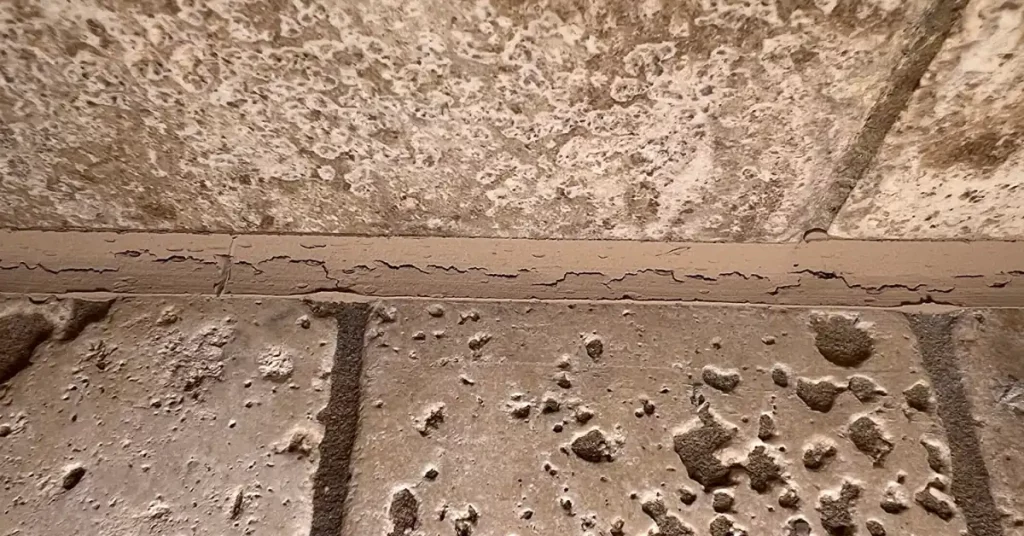
Where to Use Unsanded Caulk?
Unsanded caulk is a flexible type of product that also has waterproof technology. You should use this sealant on any surface to fix small gaps.
It is also suitable to adhere two materials together. The product isn’t thick, so it doesn’t have a texture, unlike sanded caulk.
So, it is a better option if you want a better appearance on the surface. The unsanded caulk is suitable for shower room applications.
Also, if you don’t want any breakage or cracking, use a waterproof sealant like the unsanded one.
Read More: Grout Caulk Vs. Silicone
Which Is Best? Sanded or Unsanded Caulk?
Sanded and unsanded caulk are two completely different products. The unsanded one is a regular sealant, but the sanded caulk is almost the same product with added sand.
There are some differences between these two. The main difference is the sanded caulk is suitable for large gaps and primary joint purposes.
But the unsanded caulk is for minor products and small gaps. Also, the sanded one is a bit bulkier than the unsanded caulk.
For having sand, the sanded caulk isn’t that much flexible. But the unsanded caulk has flexibility. So, it is easier to apply on the surface than the other one.
Also, if you want a textured appearance, you need the sanded caulk on the area. It is thick, and the sand gives it a texture.
On the other hand, if you want a smooth finish, get the unsanded caulk. It has waterproof, crack and mold-free features that the sanded one doesn’t have.
So, according to all the discussion, there is a bit of confusion in selecting the best one between sanded and unsanded caulk.
Both the products are good. The specialty of sanded caulk is that it is stronger than the other one.
So, for better strength, you need a sanded caulk. And for minor fixing and a better appearance, get the unsanded one. Choose according to the project’s needs.
Sanded Vs. Unsanded Caulk for Shower
When choosing between sanded and unsanded caulk for shower, it’s essential to consider the specific application and surface type. Sanded caulk contains:
- Fine sand particles.
- Providing additional strength and support.
- Making it ideal for wider gaps and areas with more movement, such as corners and seams between tiles.
Its superior adhesion and durability make it suitable for high-stress areas in the shower.
On the other hand, unsanded caulk has a smooth texture and is better suited for smaller gaps and delicate surfaces, like natural stone tiles.
It offers a neater appearance and is easier to work with in tight spaces. Use a waterproof caulk designed explicitly for wet areas in the shower to ensure proper protection against water damage.
Whether you opt for sanded or unsanded caulk, proper application, and sealing are crucial for long-lasting and effective results in your shower. If uncertain, seeking professional advice can help you make the best choice for your specific needs.
Sanded or Unsanded Caulk for Backsplash
When deciding between sanded and unsanded caulk for a backsplash, consider the characteristics of your tiles and the size of the gaps between them.
Sanded caulk works well for backsplashes with larger gaps, as it contains fine sand particles that provide added strength and support for wider joints.
It’s beneficial if your tiles are uneven or irregular in shape, as it can offer better adhesion and stability.
On the other hand, unsanded caulk is more appropriate for backsplashes with smaller gaps, as it has a smooth texture and is designed for finer joints. It’s a better choice for delicate tiles prone to scratching.
Additionally, unsanded caulk creates a neater and cleaner finish, making it ideal for backsplashes with intricate designs or patterns.
Whichever type you choose, ensure that the caulk is waterproof and suitable for kitchen or bathroom use where it will be exposed to water and humidity.
Properly applying and sealing the caulk will help protect your backsplash from water damage and maintain its appearance over time.
If you need more clarification about which caulk to use, seeking advice from a professional or someone experienced in tile installation can be helpful.
Is it OK to use sanded caulk in a shower?
Yes, it is okay to use sanded caulk in a shower. Sanded caulk is suitable for joints and gaps between tiles, providing added strength and better adhesion in areas with more movement and water exposure.
Just make sure to use a waterproof sanded caulk designed for showers and follow the manufacturer’s instructions for proper application. For smaller gaps or delicate tiles, you can consider unsanded caulk for a neater finish.
Can I use sanded caulk instead of grout?
No, sanded caulk should not be used as a replacement for grout.
Grout provides structural support for tiles and ensures their stability, while sanded caulk is used for sealing joints and gaps to create a waterproof seal.
Always use proper grout for filling gaps between tiles to ensure the installation’s durability and integrity.
Last Opinion
Now that you know how both the products work, you can choose the suitable one for your project.
If you want a caulk for bigger gaps, get the sanded one. And for smaller fillings, the unsanded caulk is perfect.
According to the sanded vs. unsanded caulk comparison, you can choose the right product for your project.
And when you choose the right one, it will be easier to get the desired results.
So, follow the information of the products, then get the right one to fix every corner where needed.

